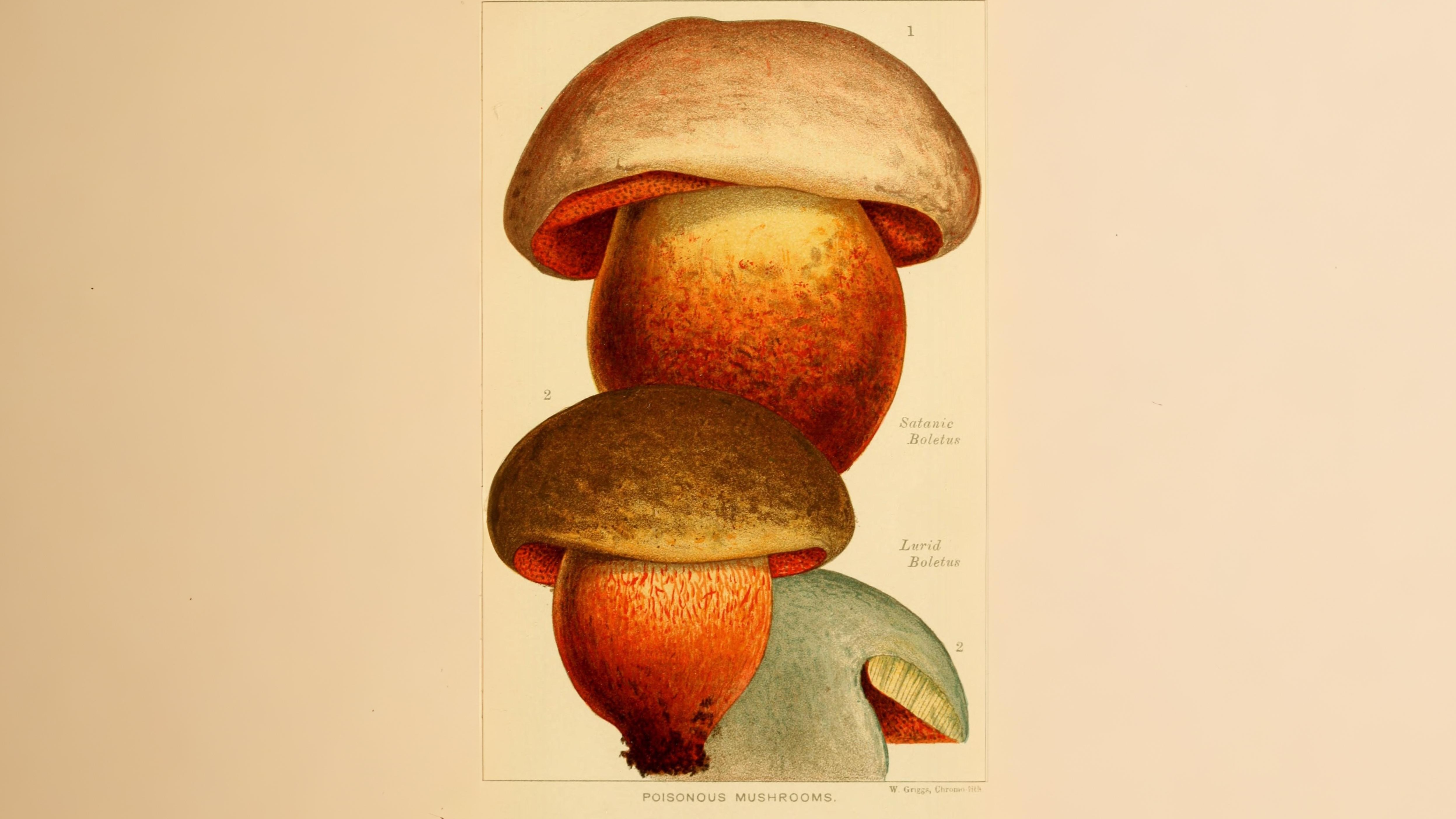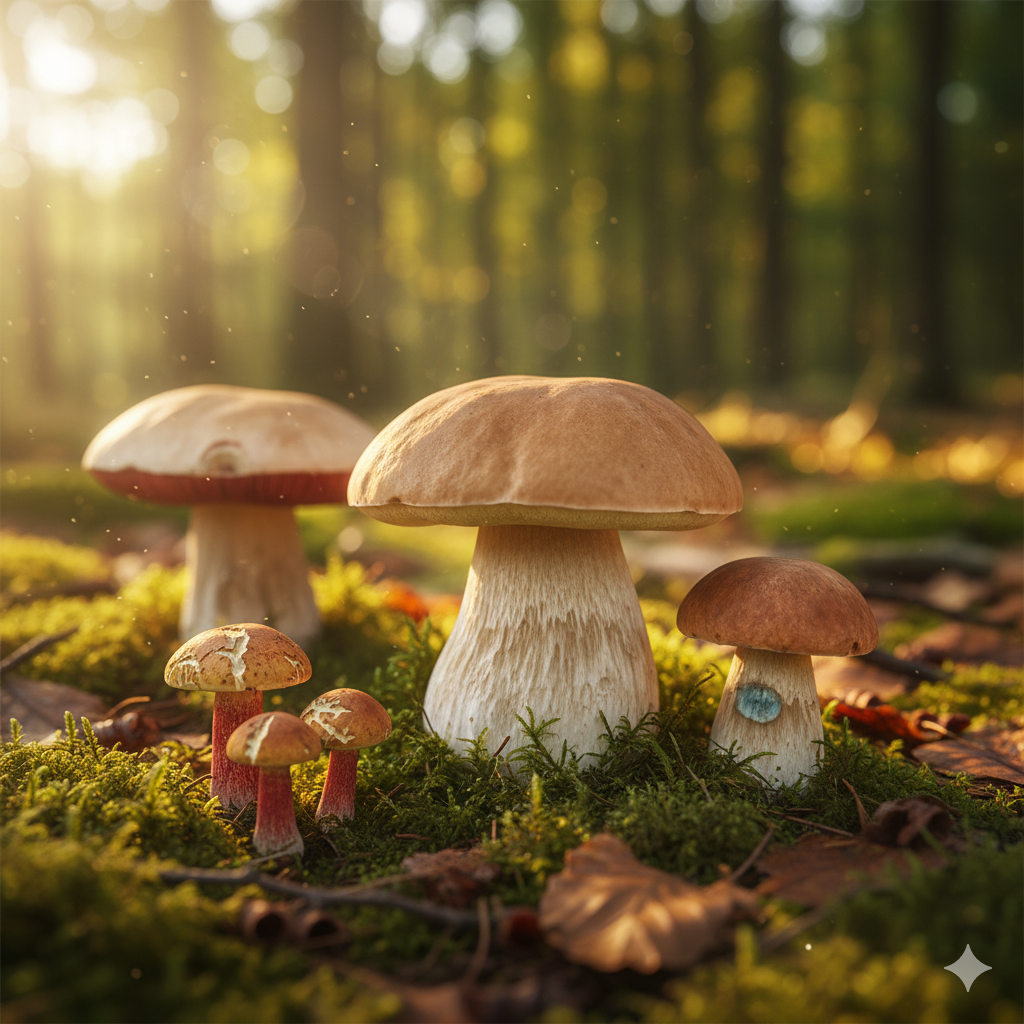
Return on September 20th to uncover London’s bolete wonders.
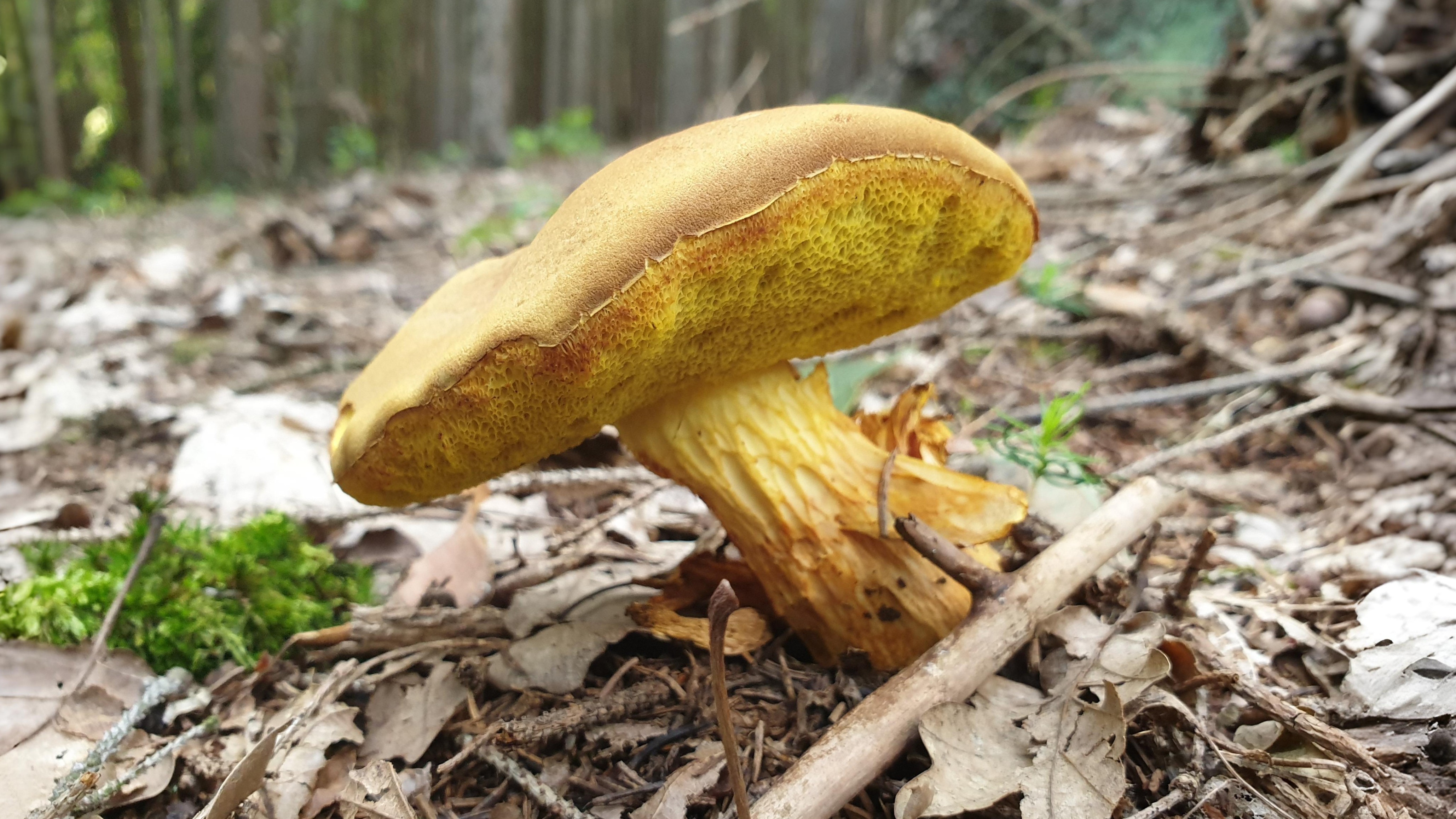



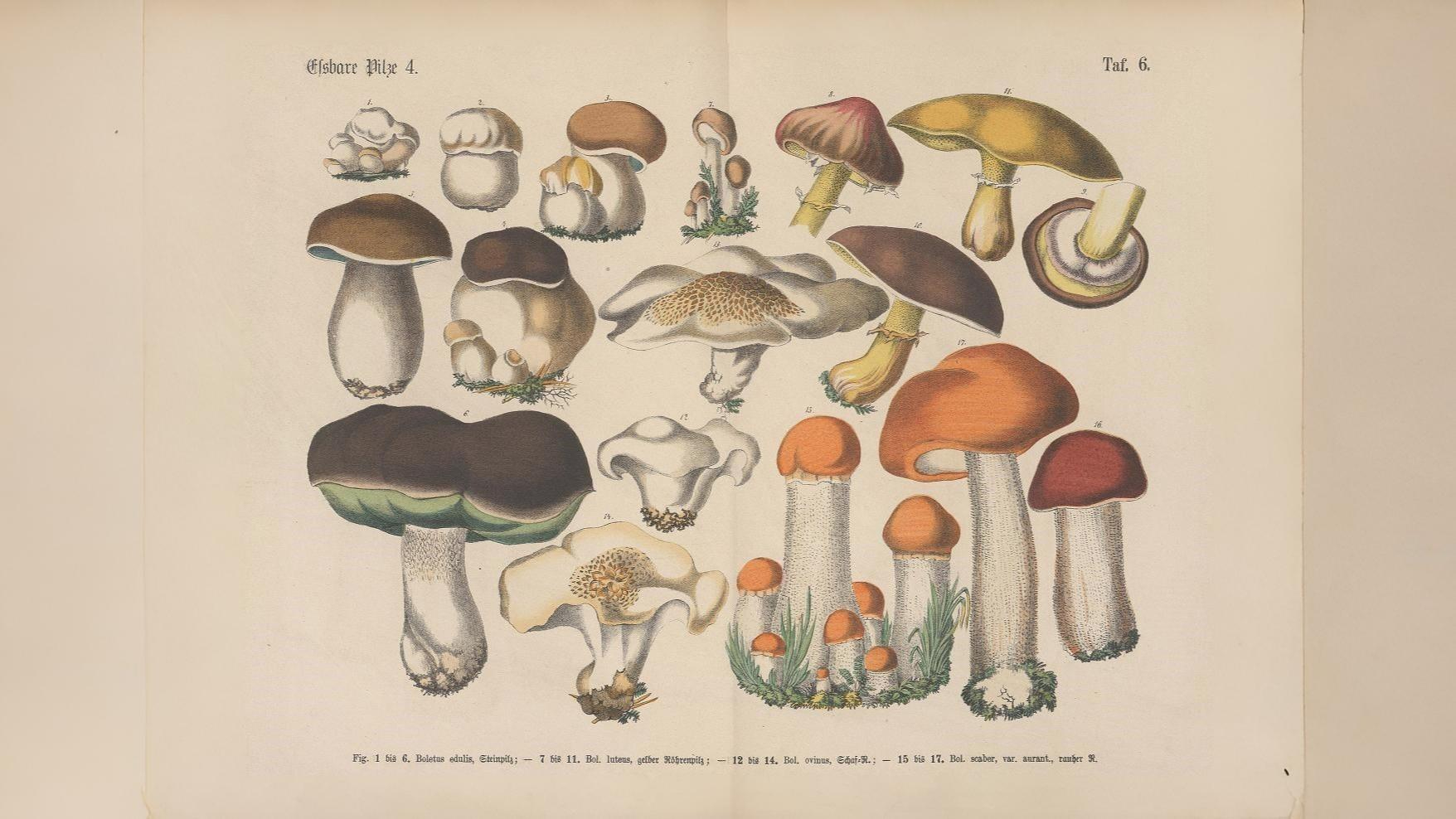

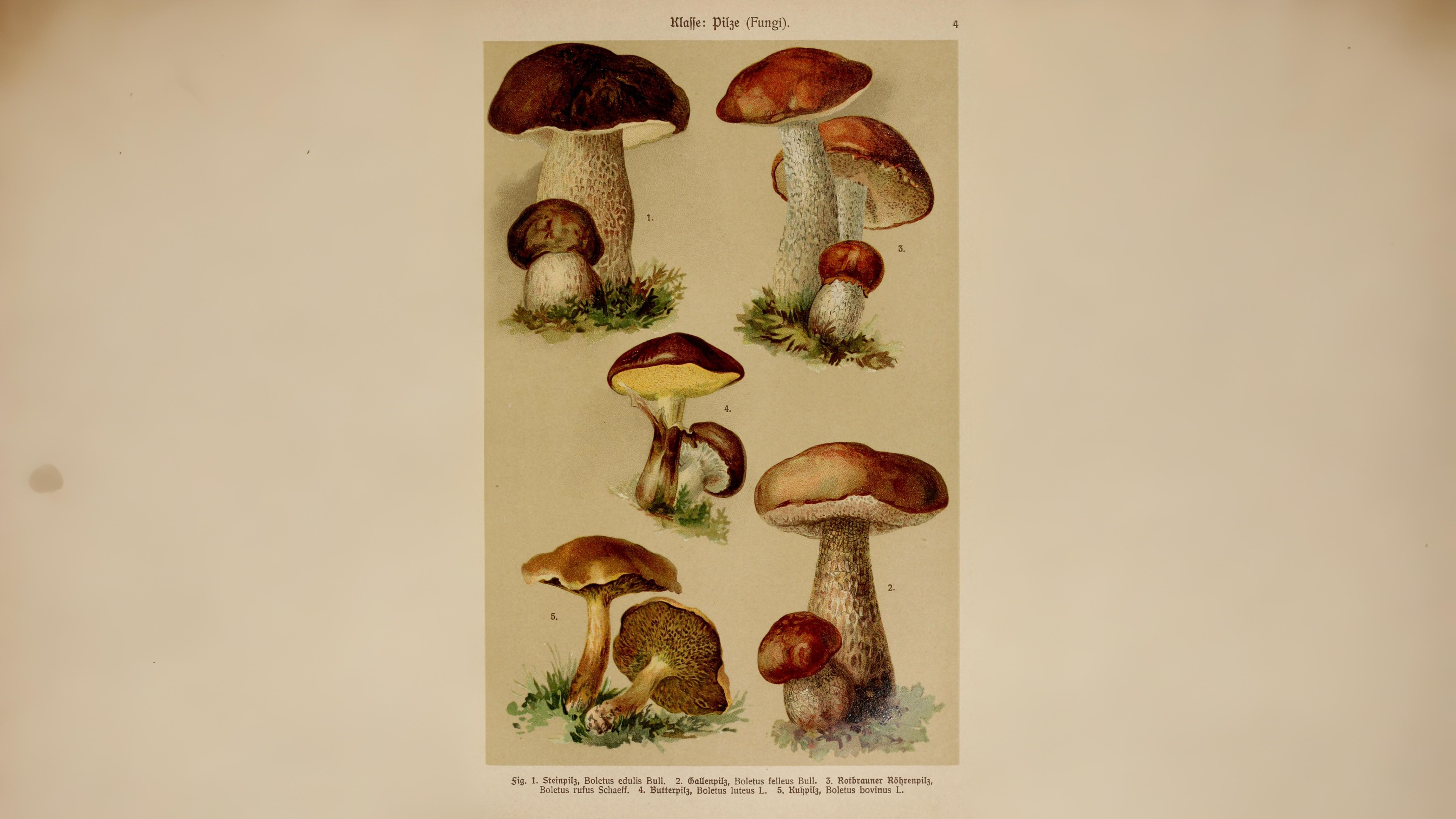

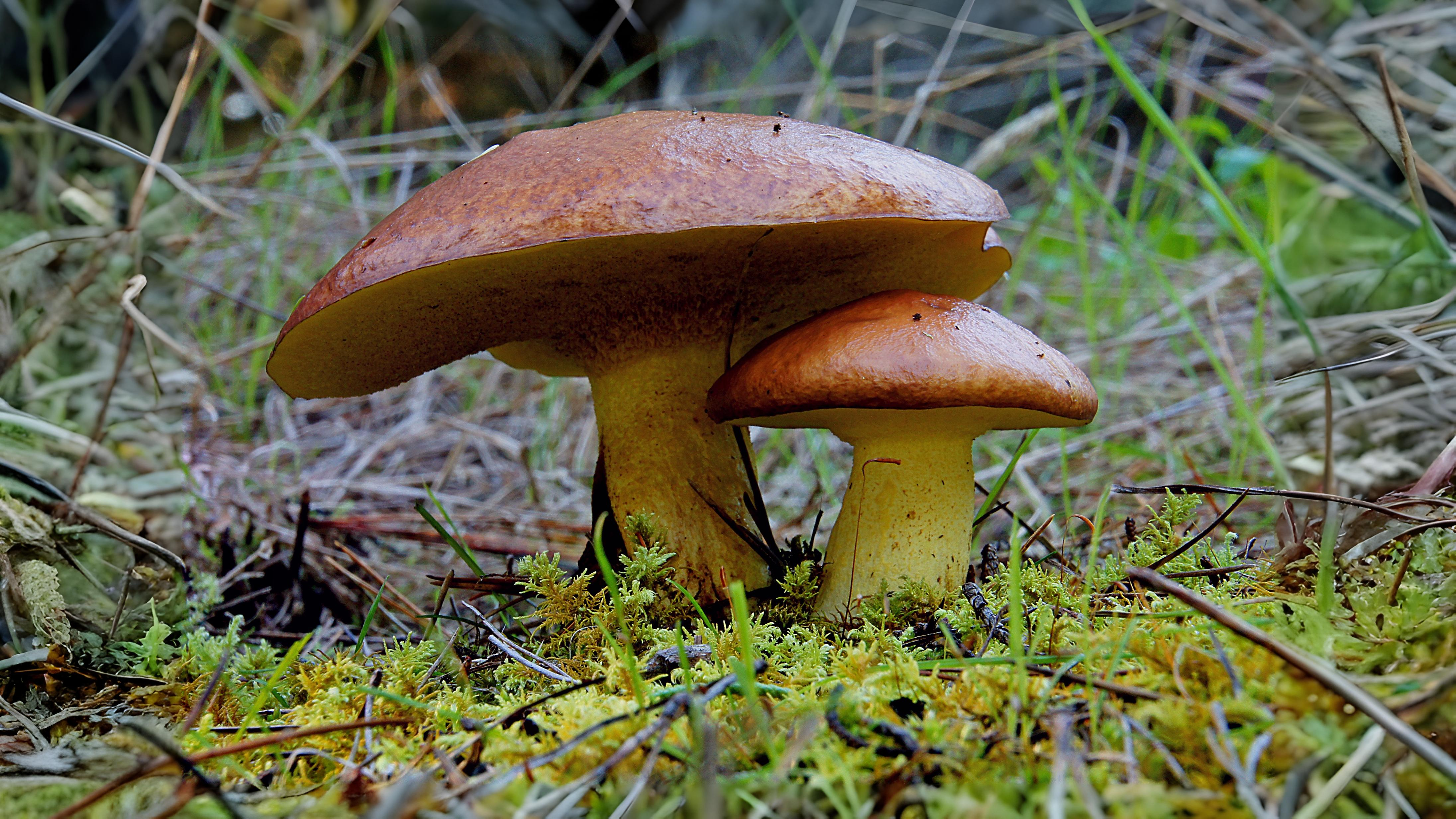

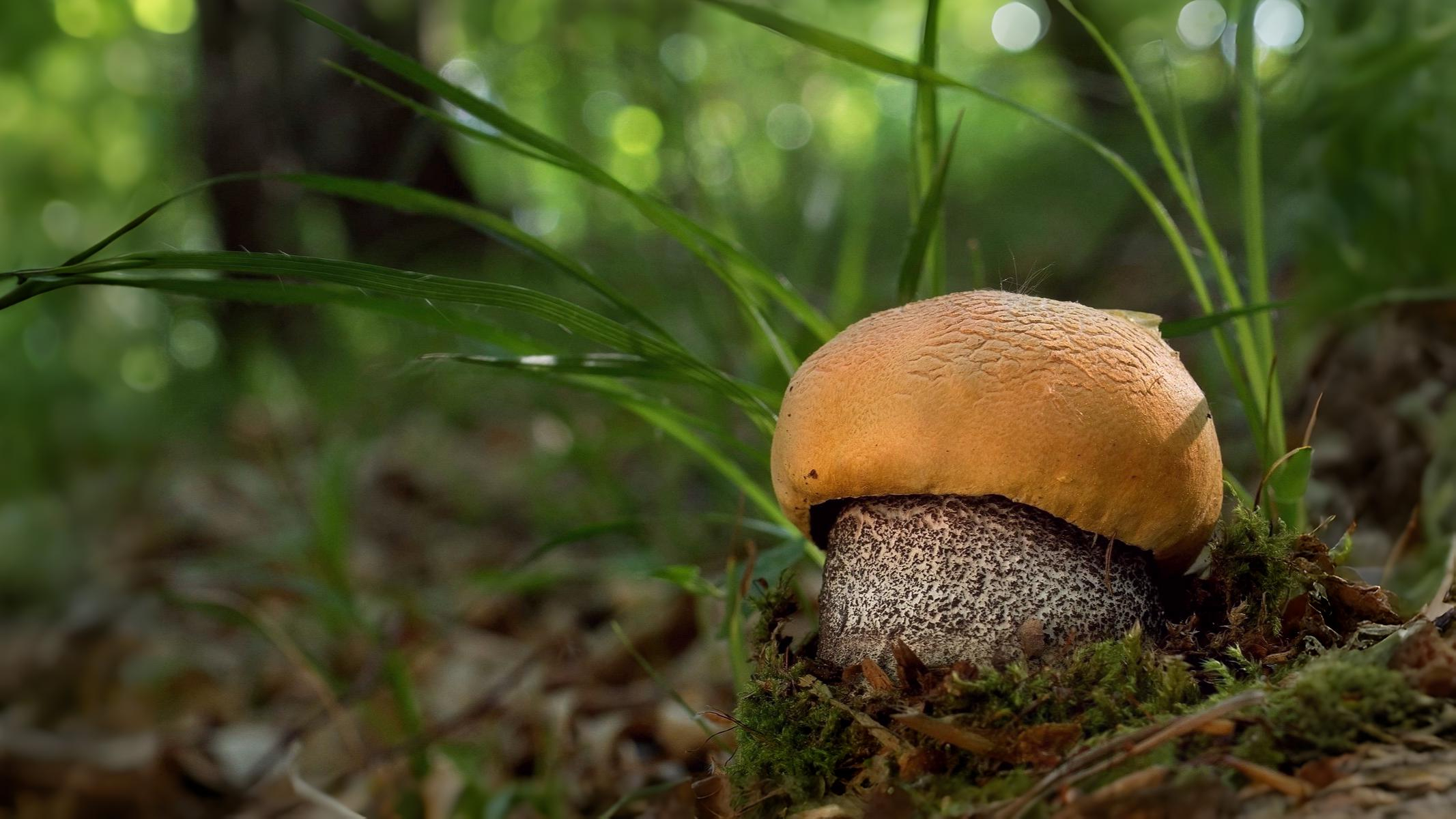

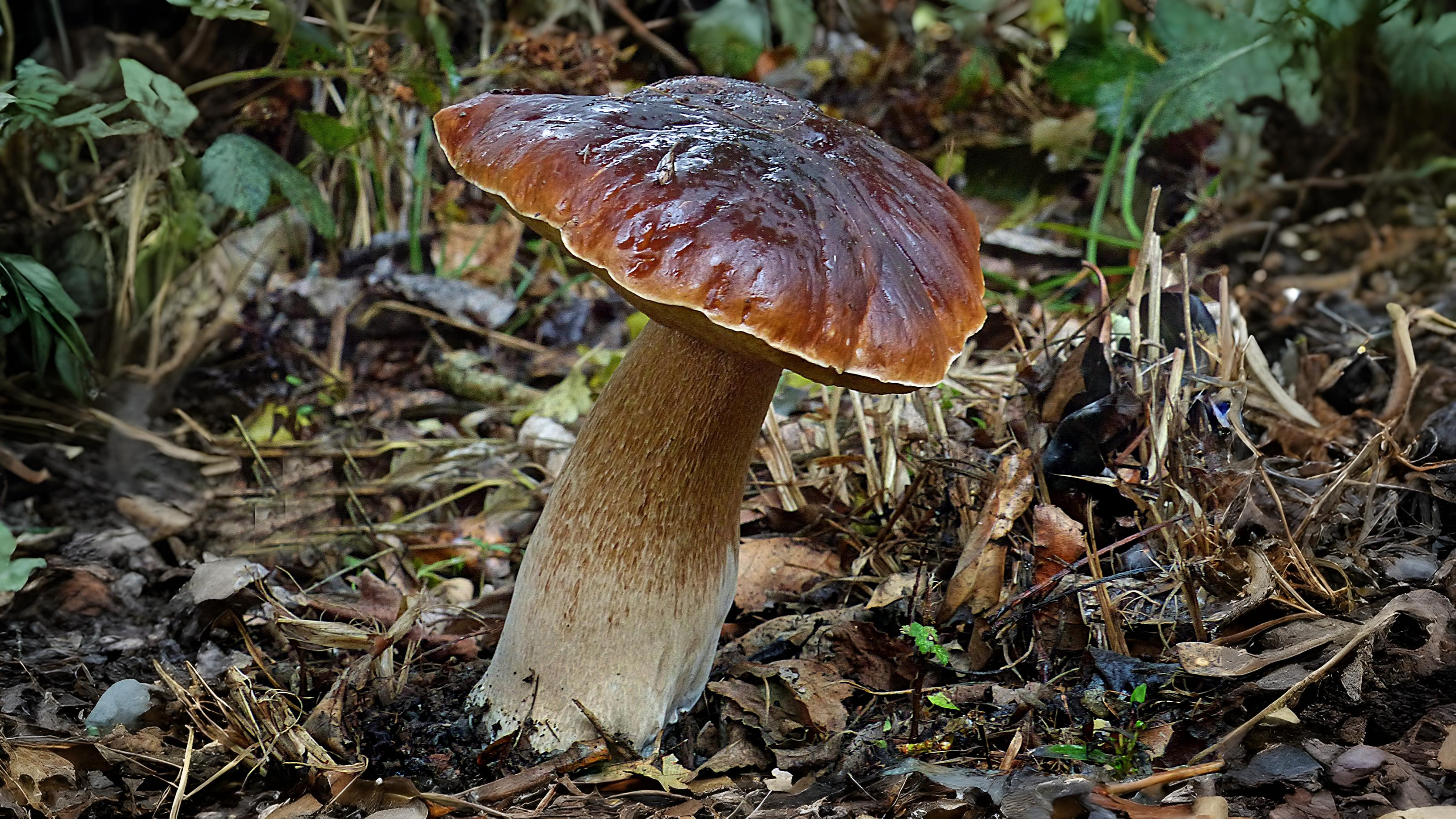



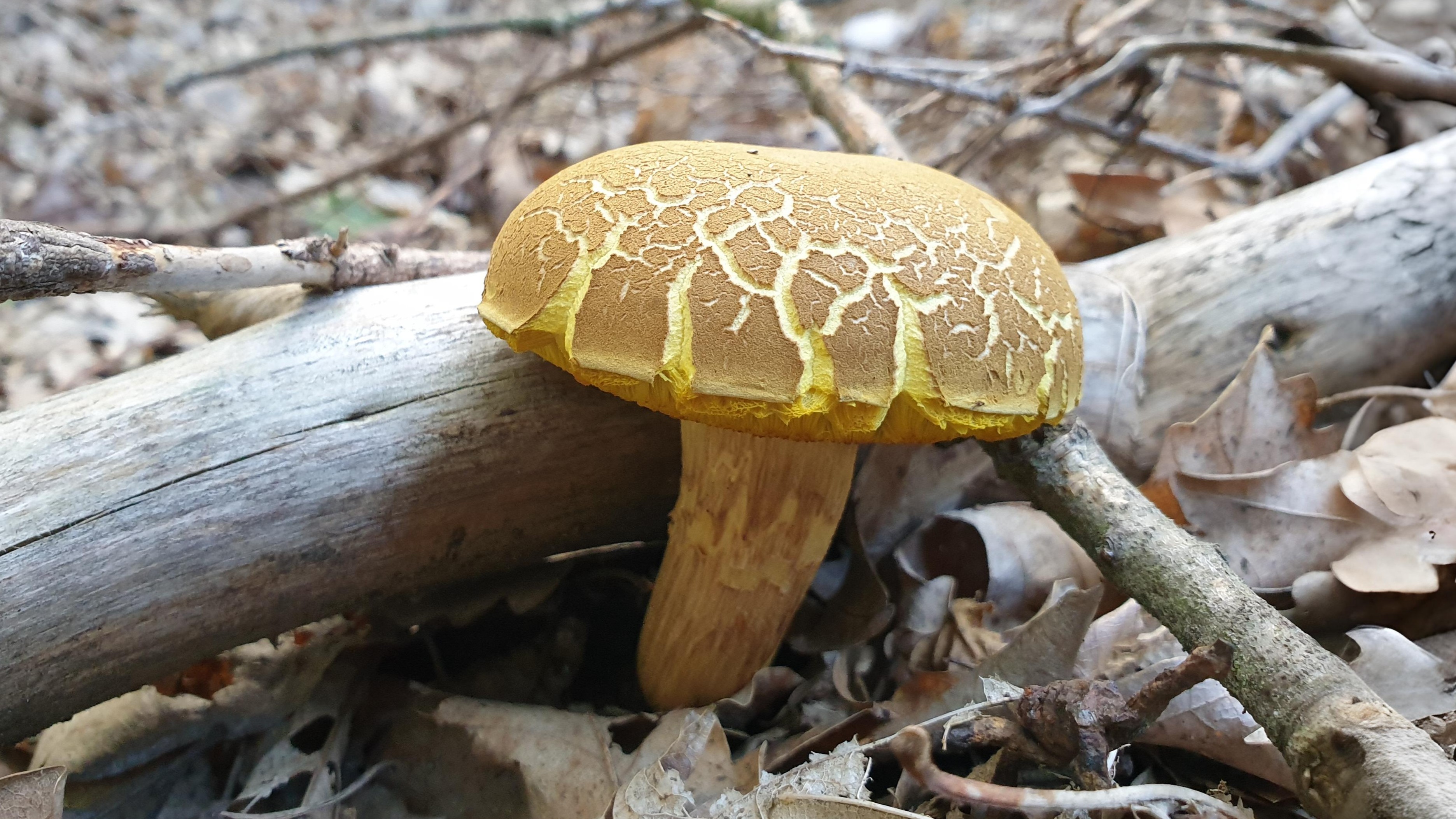

Few boletes are scented, but one or two may be partially recognised by their smell e.g. B. impolitus (iodine), B. fragrans (fruity) and B. satanus (rotting garlic) and B. piperatus may be identified by its taste as it is so peppery. Another group of more difficult to identify boletes are those with felty or velvety brown caps.
